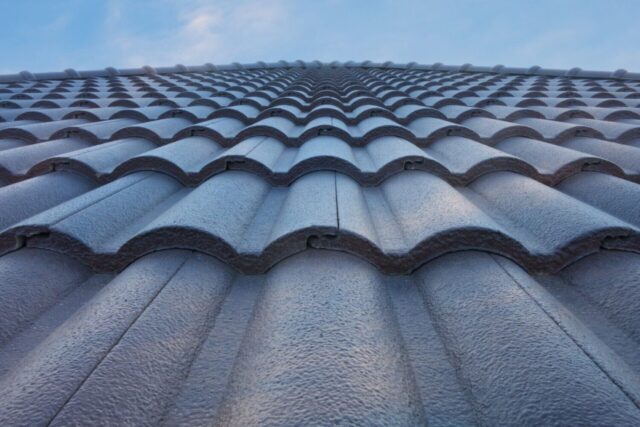
The roof over your head is more than just a proverbial saying; it’s a fundamental part of your home that serves as a protective barrier against weather elements like rain, snow, and sun.
When it comes to choosing the best roof for your home, there is an extensive range of materials and styles to consider, each with its own set of benefits and drawbacks.
Understanding these variables is crucial to making an informed decision that best suits your needs and budget.
In this comprehensive guide, we’ll delve into the various facets of selecting the perfect roof for your home.
From examining your geographical location and budget to understanding materials and styles, we’ve got you covered—literally!
Assess Your Geographic Location
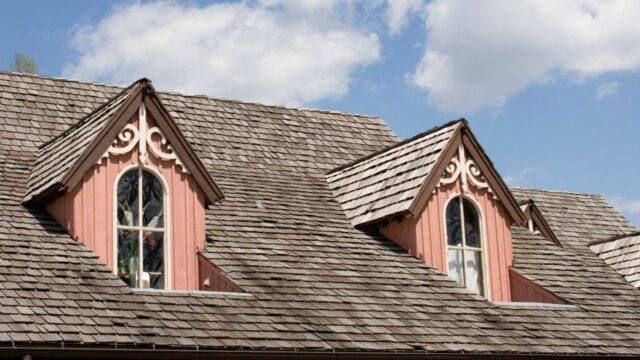
Climate
The first step in choosing your roof installation is considering the climate where you live. For instance, asphalt shingles may not be the best choice for extremely hot climates, as they can become warped.
On the other hand, metal roofing can be an excellent option for resisting heat. For snowy areas, a steeply pitched roof that sheds snow easily might be preferable.
Environmental Concerns
Some roofing materials are more environmentally friendly than others.
For example, if you’re committed to sustainability, you might opt for a green roofing system that includes vegetation and soil, or materials that are sourced responsibly.
Local Building Codes
Make sure to check local building codes and homeowner association guidelines, as these can place restrictions on what types of materials you can use.
Budget Constraints
Initial Costs vs. Longevity
The cost of roofing material is often proportional to its durability. Cheaper materials like asphalt may need replacement sooner than more expensive options like slate.
Therefore, it’s wise to consider not just the initial cost but also the long-term investment.
Installation Costs
Some roofing materials require specialized installation, adding to the overall cost. It’s essential to get multiple quotes from reputable contractors to understand the full scope of your financial commitment.
Maintenance
All roofs require some form of maintenance, but some types need more frequent care than others. Factor in these costs when making your decision.
Material Matters
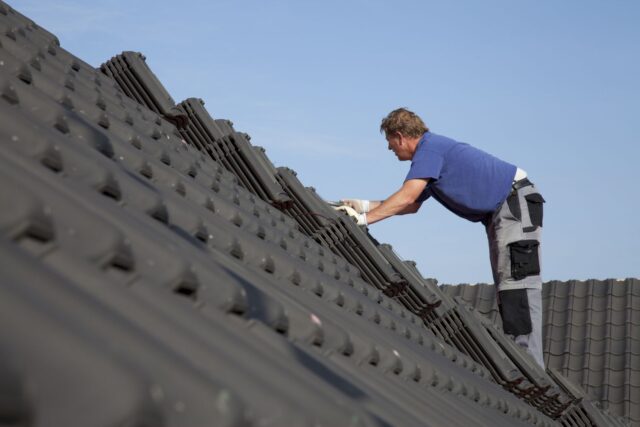
Asphalt Shingles
This is the most common and generally the least expensive roofing material. They come in various colors and styles, are easy to install, and are suitable for a wide variety of climates.
Pros:
- Affordable
- Easy to install
- Variety of styles and colors
Cons:
- Lower lifespan (15-30 years)
- Less environmentally friendly
Metal Roofing
Made from steel, aluminum, or other metals, these roofs are both long-lasting and recyclable.
They can be more expensive but often pay for themselves in longevity and energy savings.
Pros:
- Long lifespan (40-70 years)
- Energy-efficient
- Environmentally friendly
Cons:
- Higher initial cost
- May be noisy during rain or hail
Slate Roofing
Slate is a natural stone that offers a highly durable and aesthetically pleasing option. It is, however, among the most expensive and heavy, often requiring additional structural support.
Pros:
- Extremely long lifespan (75-200 years)
- Fire-resistant
- High aesthetic value
Cons:
- Very expensive
- Heavy
- Skilled installation required
Tile Roofing
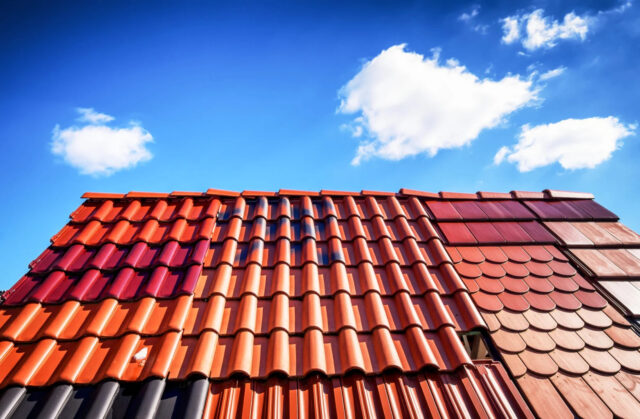
Commonly made from clay or concrete, tile roofs are excellent for hot climates and offer a unique aesthetic.
Pros:
- Long lifespan (50-100 years)
- Energy-efficient
- Fire-resistant
Cons:
- Heavy
- Expensive
- Not suitable for all structural types
Architectural Considerations
Style
The architectural style of your home can influence your roofing choice. For example, slate might be more suited for a Colonial home, while a modern home might look great with a metal roof.
Pitch
The steepness or angle of your roof can limit your material choices. For instance, some materials are better suited for low-pitched roofs, while others are ideal for steeper slopes.
Color
Though often overlooked, the color of your roof can impact your home’s curb appeal. Some materials offer a wider range of color choices than others.
Professional Consultation and Installation
Choosing a Contractor
Selecting the right contractor is crucial for a successful roofing project. Look for experienced, licensed professionals with good reviews. Always get multiple estimates.
Material Warranty
Always check for manufacturer warranties when selecting a roofing material. The warranty can offer insights into the material’s lifespan and what damages are covered.
Installation Warranty
In addition to the material warranty, a good contractor will also offer an installation warranty, covering any issues that might arise from the installation process itself.
FAQs
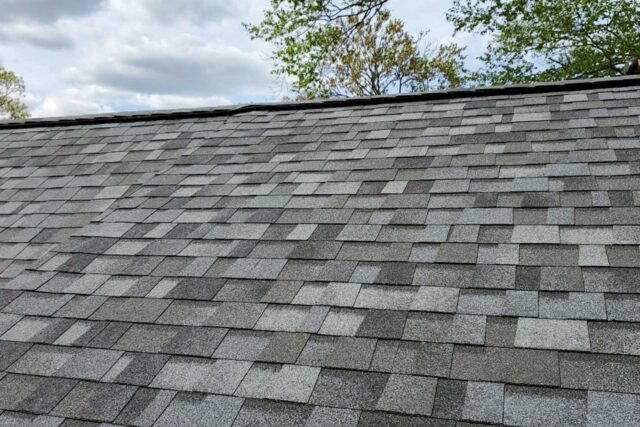
Can I install solar panels on any type of roofing material?
While solar panels can be installed on many types of roofing materials, some are more compatible than others.
For example, metal and asphalt shingle roofs generally make the installation process easier and more cost-effective.
On the other hand, tile and slate roofs can present challenges due to their weight and the intricacy of their installation.
Before committing to solar panels, it’s essential to consult with both a roofing contractor and a solar installation specialist to assess the compatibility and structural integrity of your roof.
Is it possible to overlay a new roof on top of my existing one?
Technically, some materials like asphalt shingles can be installed over an existing layer, a process known as “roof overlay.”
However, this is generally not recommended for several reasons. First, the added weight could be too much for the existing roof structure to bear.
Second, overlaying can mask underlying issues like rot or leaks, leading to more significant problems down the line.
Lastly, an overlay may void the manufacturer’s warranty for the new roofing material. Always consult a professional to determine the best approach for your situation.
How do I know when it’s time to replace my roof instead of repairing it?
Knowing when to replace instead of repairing your roof involves assessing various factors, including age, overall condition, and the extent of damage.
Roofs nearing the end of their expected lifespan (e.g., 20 years for asphalt shingles, 50 years for metal) are often better replaced than repaired.
Frequent leaks, sagging, and visible signs of wear and tear, like missing or damaged shingles, are other indicators that it may be time for a full replacement. A professional roof inspection can provide specific guidance tailored to your roof’s condition.
Does the color of the roofing material affect my home’s energy efficiency?
Yes, the color of your roofing material can have an impact on your home’s energy efficiency.
Lighter-colored roofs generally reflect more sunlight and heat, keeping your home cooler in hot climates. Darker-colored roofs, on the other hand, absorb heat and may be beneficial in colder climates to aid in snow melt.
Some modern roofing materials are also designed with “cool roof” technologies that provide higher levels of solar reflectance, regardless of color.
How do wind ratings for roofing materials work, and why are they important?
Wind ratings for roofing materials indicate how well a particular material can withstand wind forces, measured in miles per hour (mph). This is especially important in areas prone to high winds, hurricanes, or tornadoes.
A higher wind rating means the material is better suited to resist wind uplift and less likely to suffer from damage or detachment during extreme weather conditions.
Always consider the wind rating when selecting a roofing material, and make sure it aligns with the weather conditions typical to your geographic location.
Can I mix and match different types of roofing materials?
While it is technically possible to mix and match different types of roofing materials (e.g., using metal for a portion and asphalt shingles for another), it’s generally not recommended without professional advice.
Mixing materials can lead to complications in installation, aesthetics, and even structural integrity.
For example, different materials might have different weights, thermal properties, or water resistance, potentially leading to imbalance or leaks.
If you are considering a mixed-materials approach, consult a roofing professional to ensure compatibility and proper installation.
In Summary
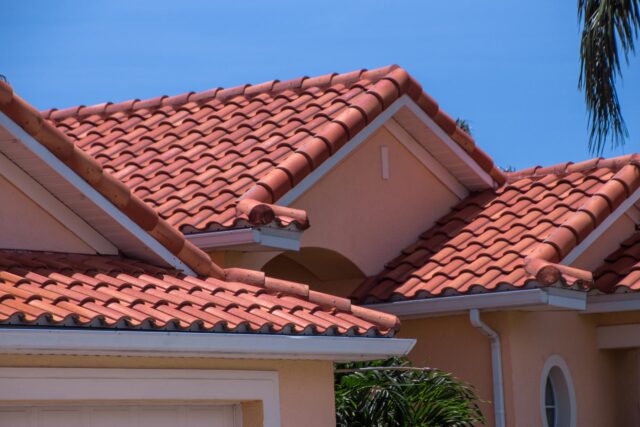
Choosing the best roof for your home is not a decision to be made lightly. Your geographic location, budget, and architectural considerations all play crucial roles in determining the best option for you.
Take the time to understand the various materials available, their pros and cons, and always consult with professionals for both advice and installation.
Your roof is not just a protective cover but an investment in the long-term comfort, value, and safety of your home. Make your choice wisely.









